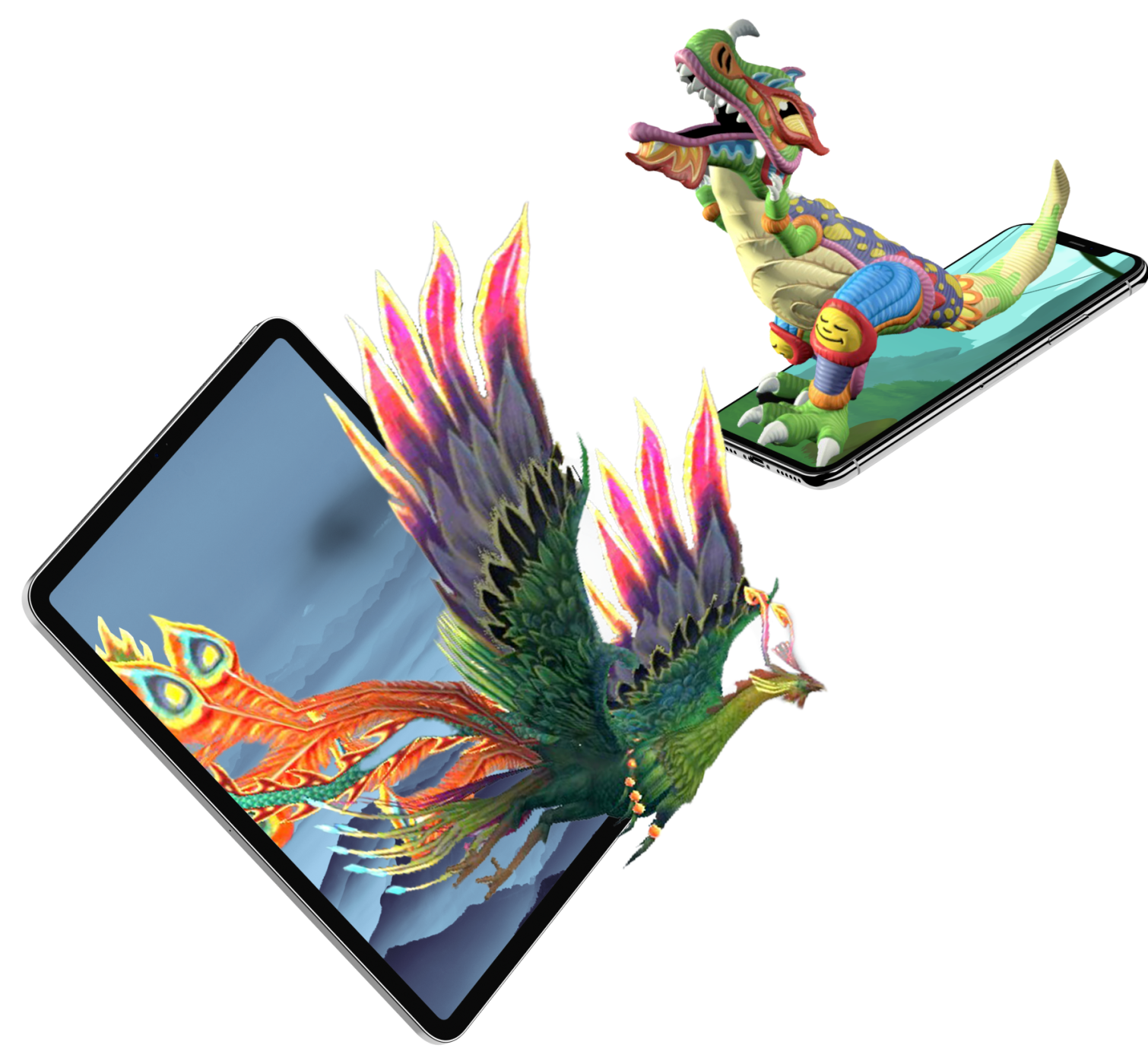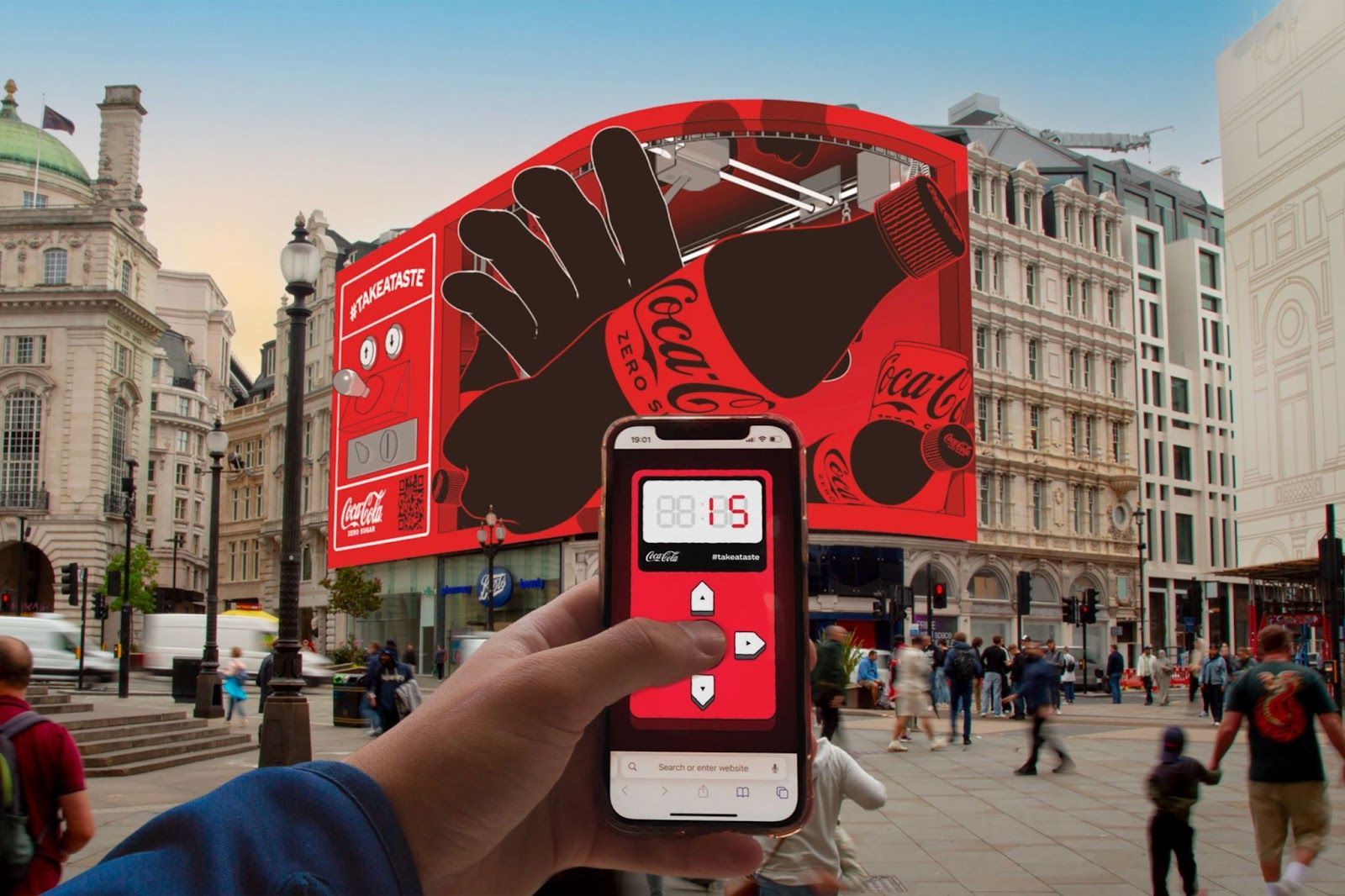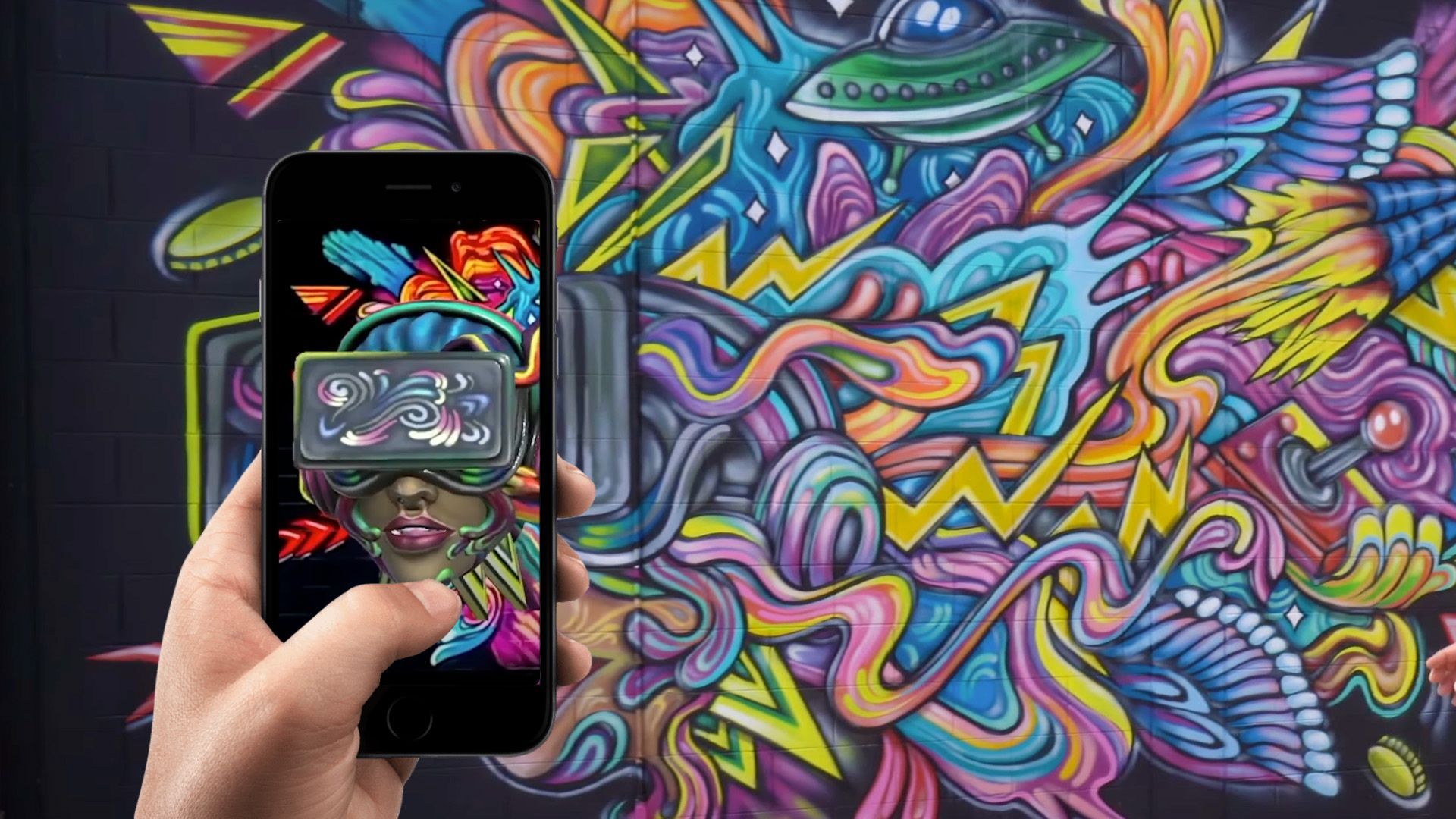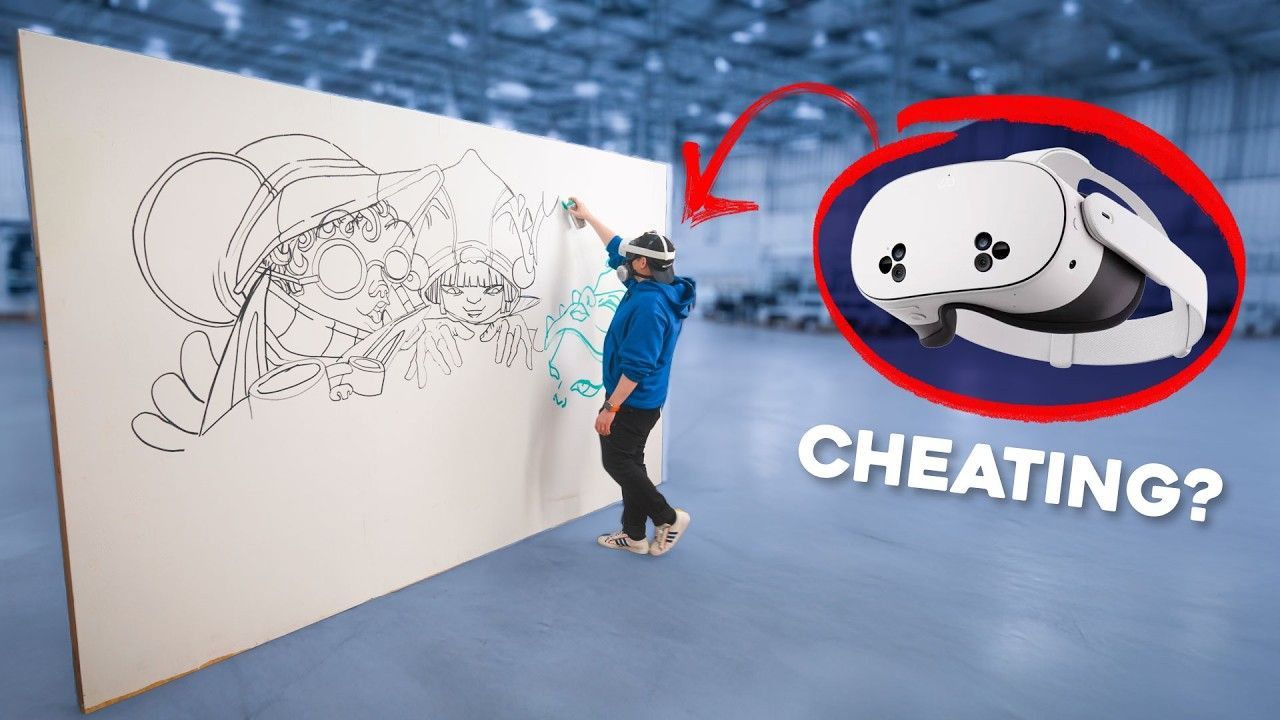The Frame Rate of a Virtual Reality Headset
Virtual reality (VR) transforms how we interact with digital content, offering immersive experiences that captivate and engage users like never before. One of the critical technical aspects that significantly impacts the quality of these experiences is the frame rate of a virtual reality headset. Understanding the importance of frame rate, also known as frames per second (fps), is essential for anyone looking to delve into virtual reality. This article will explore what frame rate is, why it matters, and how it affects your VR experience.
What is Frame Rate?
Frame rate refers to the number of individual frames or images displayed per second in a video or animation. In virtual reality, the frame rate determines how smooth and realistic the visuals appear. A higher frame rate means more frames are shown each second, resulting in a smoother and more fluid visual experience. For instance, a VR headset at 90 fps displays 90 distinct images every second, creating a seamless flow of motion.
Why Frame Rate Matters in Virtual Reality
The importance of frame rate in virtual reality cannot be overstated. A high frame rate is crucial for maintaining the illusion of reality and preventing motion sickness, which can occur when there is a discrepancy between the visual input and the user's physical movements. Here are some key reasons why frame rate is vital for a virtual reality VR experience:
- Smoothness of Motion: Higher frame rates provide smoother motion, essential for a believable VR experience. Lower frame rates can cause choppy or stuttered visuals, breaking the immersion and making the experience less enjoyable.
- Reducing Motion Sickness: Motion sickness in VR is often caused by lag between the movement of the user and the response on the screen. Higher frame rates reduce this lag, minimizing the risk of motion sickness and making the experience more comfortable.
- Enhanced Immersion: VR aims to create an immersive environment that feels real to the user. Higher frame rates contribute to this by ensuring that movements and interactions within the virtual space are fluid and natural.
- Improved Visual Fidelity: With higher frame rates, VR content can be displayed with greater detail and clarity, enhancing the overall visual quality and making the experience more engaging.
Ideal Frame Rate for VR Headsets
Different VR headsets offer varying frame rates, but for an optimal experience, a frame rate of at least 90 fps is generally recommended. This standard helps achieve a balance between visual quality and user comfort. Some advanced VR headsets may support even higher frame rates, such as 120 fps or more, providing an even more refined experience.
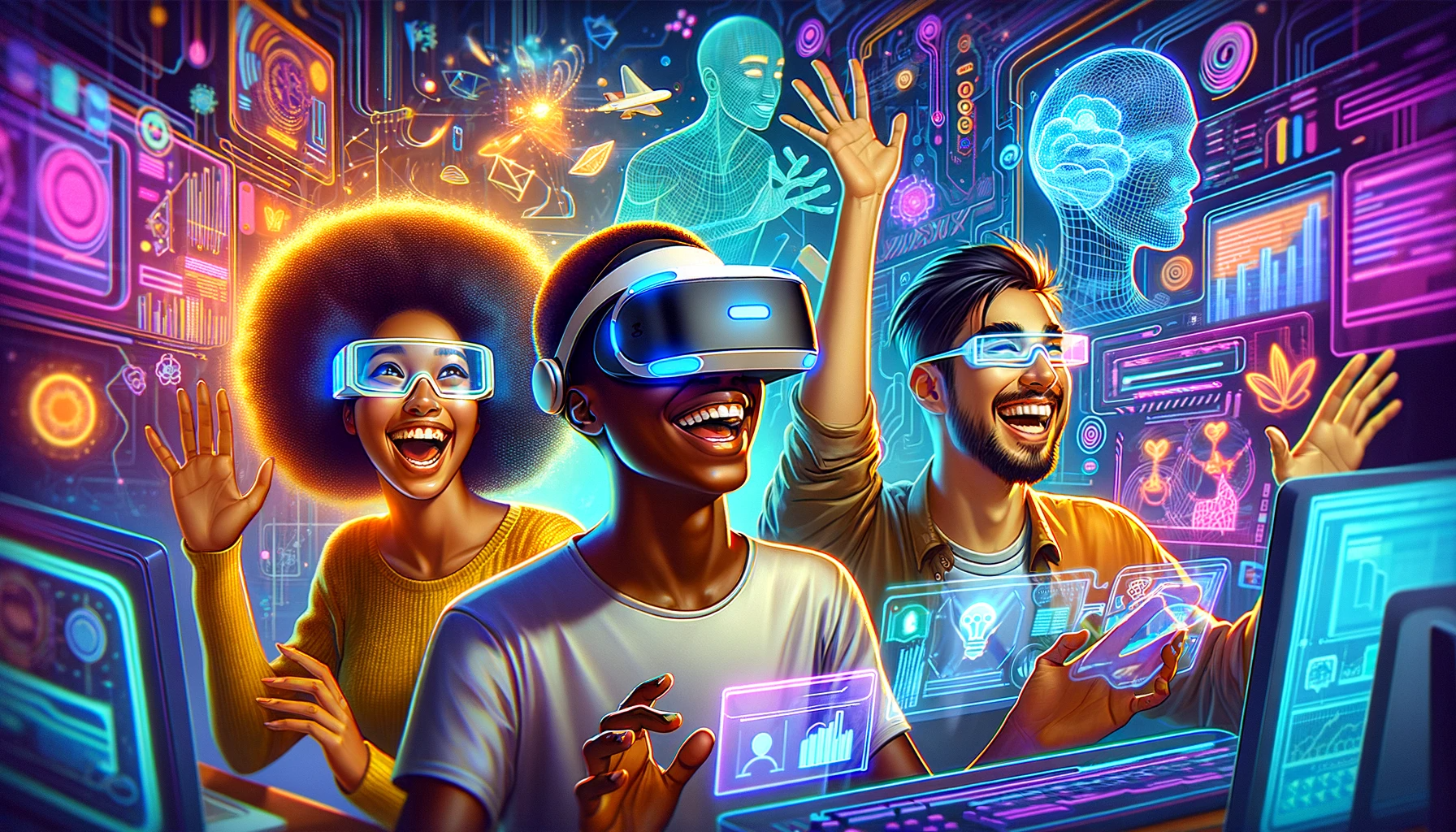
Factors Affecting Frame Rate
Several factors can influence the frame rate of a VR headset, including:
- Hardware Specifications: The performance of the VR headset and the connected device (such as a PC or gaming console) plays a significant role in determining the achievable frame rate. Powerful processors, high-quality graphics cards, and sufficient memory are essential for maintaining high frame rates.
- Software Optimization: The efficiency of the VR software and the applications running on the headset can impact the frame rate. Well-optimized software ensures the system can handle the rendering load without dropping frames.
- Content Complexity: The complexity of the virtual environment and the level of detail in the content can affect the frame rate. High-detail environments with intricate textures and numerous objects require more processing power to maintain a high frame rate.
- Connection Stability: For wireless VR headsets, the stability of the connection between the headset and the device can influence the frame rate. A stable connection ensures that data is transmitted smoothly, preventing frame drops.
Achieving Higher Frame Rates
To achieve higher frame rates in VR, hardware and software must be optimized. Here are some tips for enhancing frame rate performance:
- Upgrade Hardware: Investing in a high-performance VR headset and a powerful computer or gaming console can significantly improve frame rates. Look for devices with advanced processors, ample RAM, and top-tier graphics cards.
- Optimize Settings: Adjusting the graphics settings within VR applications can help maintain higher frame rates. Lowering the resolution or reducing the level of detail can ease the processing load and boost frame rates.
- Update Software: Keeping VR software and drivers up to date ensures that you have the latest performance optimizations and bug fixes, which can improve frame rate stability.
- Close Background Applications: Running multiple applications simultaneously can drain system resources. Closing unnecessary background applications can free up processing power for the VR experience.
The Future of Frame Rate in VR
As technology advances, the frame rates of VR headsets are expected to continue improving. Innovations in hardware, such as more efficient processors and advanced graphics technologies, will enable even higher frame rates, further enhancing the immersive capabilities of VR. Additionally, developments in software optimization and content creation techniques will contribute to more stable and higher frame-rate experiences.
Conclusion
The frame rate of a virtual reality headset is a critical factor that significantly impacts the quality and comfort of the VR experience. Higher frame rates provide smoother motion, reduce motion sickness, enhance immersion, and improve visual fidelity. For an optimal VR experience, aim for a frame rate of at least 90 fps, and consider factors such as hardware specifications, software optimization, and content complexity to achieve and maintain high frame rates. We can look forward to even more immersive and realistic virtual experiences as VR technology evolves.
Understanding the importance of frame rate and optimizing it will ensure you get the most out of your virtual reality headset, allowing you to immerse yourself fully in the captivating world of VR.
FAQs
What is the minimum frame rate for a comfortable VR experience? A frame rate of at least 90 fps is recommended for a comfortable and immersive VR experience. Lower frame rates can cause choppy visuals and increase the risk of motion sickness.
How does frame rate affect motion sickness in VR? Higher frame rates reduce the lag between user movements and the response on the screen, minimizing the risk of motion sickness by providing a smoother and more consistent visual experience.
Can I improve the frame rate of my existing VR headset? Yes, you can improve the frame rate by upgrading your hardware, optimizing software settings, keeping your VR software up to date, and closing unnecessary background applications.
What advancements can we expect in VR frame rates in the future? Future advancements in VR frame rates will likely come from improvements in hardware, such as more efficient processors and advanced graphics technologies, as well as better software optimization and content creation techniques.
Why is frame rate important for visual fidelity in VR? Higher frame rates allow for more detailed and clear visuals, enhancing the overall visual quality and making the VR experience more engaging and immersive.
TALK TO A PRO
We're here to bring your brand to life!
Stay Connected with BrandXR
Create Augmented Reality for Free!
Create, Publish, and Measure 3D Augmented Reality Experiences Without Having to Code.
